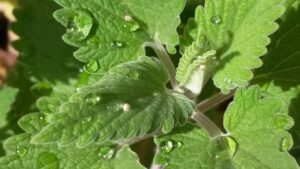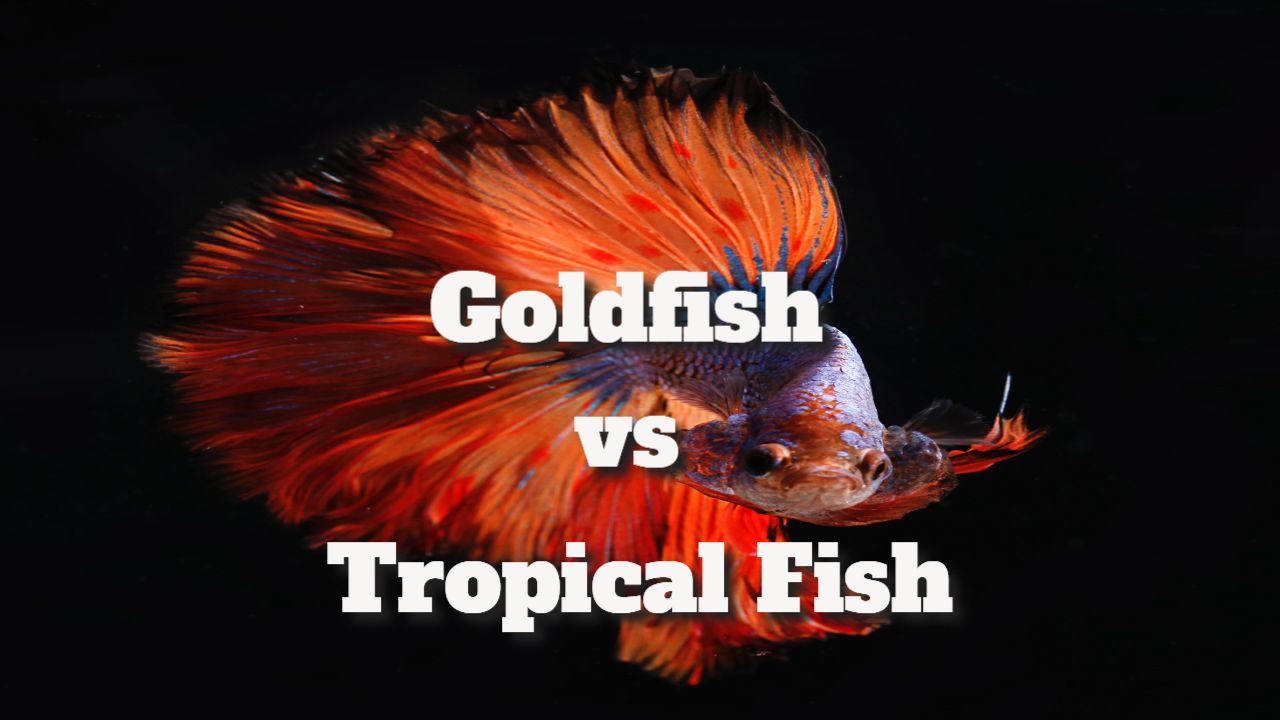What is catnip, exactly?
Contents
What is catnip, exactly?
Nepeta cataria L. is the botanical name for this plant.
Catnip is a common name for this plant.
What is catnip, exactly?: Catnip is a perennial herb that originated in Europe and has now migrated to the northeastern United States and Canada. The plant can reach a height of 1 m and has dark green, oval-toothed leaves. The dried leaves and white flowering tips of the plant have medicinal properties.
This term’s scientific name(s).
Nepeta cataria L. is a Lamiaceae (mint) family plant.
The noun in its standard form (s).
Catnip is known by various other names, including cat herb, catnip, and catmint.
It can be used to flavour a wide range of dishes, from soups to stews to patent beverages and fruit-based liqueurs. According to the earliest evidence, catnip leaves and blossoms were first used in herbal beverages in 1735. The herb was used to treat gastrointestinal cramps and indigestion and as a diaphoretic, sedative, and hunger stimulant. The herb has been used to treat colds, diarrhoea, and even cancer and treat diarrhoea and colic. In Appalachia, catnip tea was traditionally used to treat anxiousness, stomach problems, skin rashes, and colds. The dried leaves were smoked, and a poultice was applied to the affected area to treat respiratory disorders. When it came to preventing menstruation in the early 1900s, women relied on flowers and leaves. According to mythology, catnip was smoked for its euphoric qualities in the 1960s.
Catnip has been reported to contain over 20 distinct compounds, the concentration of which varies dramatically according to the flowering season and location. The plant includes several sesquiterpenes and monoterpenes, and nepetalactone and beta-caryophyllenes have been discovered using gas chromatography and nuclear magnetic resonance spectroscopy.
Nepetalactone, like valepotriates, may have an important cat-suppressive action. Citronellyl acetate and citronellol are the primary components of catnip essential oil. It also contains camphor thymol and other chemicals, including carvacrol and nerol.
Anxiety-Reducing Properties
Information on animals
In mice, acute and recurrent administration of apolar or polar catnip extracts (48 mg/kg/day) for seven days produced antidepressant, antianxiety, and motor effects, respectively. A well-balanced diet reduced the number of times patients were unable to exercise. These findings matched those of mice given the antidepressant fluoxetine; the apolar extract reduced locomotor activity, frequency of standing, and duration of inability to move in the external test. The mice given the apolar extract exhibited a lower immobility period in the despair test. Furthermore, Poland extract reduced the time necessary for initial immobilization. The study’s findings suggest that a catnip-enriched diet and Apolar extract may have antidepressant qualities. For four hours, male rats fed a meal enhanced with 10% N. cataria leaves showed antidepressant effects.
Cancer
In vitro testing
Flavonoids isolated from N. cataria L. were used to treat the A549 non-small cell lung cancer cell line in vitro research. The anticancer effect was amplified in A549 cells by an increase in the apoptosis and necrosis rates due to the flavonoid content. VEGFR and PI3K mRNA levels were lowered in the therapy group, but PTEN levels increased. AKT, cyclin B1, and Bcl-2 protein levels fell, whereas PI3K protein levels increased. According to these findings, flavonoid extracts of N. cataria L. may inhibit lung cancer by influencing the PTEN/PI3K/AKT pathway.
Insect repellent spray
The insecticidal and herbicidal activities of nepetalactone and catnip iridoids have been investigated. Experiments in the United States have shown that catnip oil is effective at repelling a variety of insects including mosquitoes and deer ticks (Bernier 2005, Feaster 2009). Diethyltoluamide has a more potent attraction inhibition (DEET). In vitro, catnip oil components were more effective than control at repelling yellow fever mosquitoes (Aedes aegypti L.). Catnip dosages at 2 mg and 20 mg successfully repelled houseflies, stable fly, and filth flies at Chauhan in 2005. Houseflies were repelled by catnip oil-treated filter paper and wax-based catnip pellets (32 mg per pellet) to waste regions of cow pastures: Zhu (2010), p.
Another study looked at the repelling impact of catnip oil on predators at three different doses (0.2, 2, and 20 mg). Catnip oil was proven to be more effective than DEET at repelling stable insects off the body, with the most significant dose providing the best protection. Few eggs were laid on cloths treated for six hours with 100 mg of catnip oil, showing a deterrent impact on egg-laying. Catnip oil concentrations of 15% and 30% were utilized in the study’s field trials to discourage stable flies. It was discovered that 500 mg of encapsulated catnip oil significantly reduced the capacity of flies to lay eggs in egg-laying cups. Catnip oil capsules reduced the number of eggs laid on stable flies’ larval substrate by 85 per cent and more than 98 per cent, respectively. It was Zhu year. In a laboratory environment, a 20 mg catnip oil dose repelled horn flies for six hours. Horn flies were successfully repelled by cattle using Catnip oil is 15% by weight.
Interactions
Rabbits were given catnip N. cataria (CNC) and rhizoma coptidis (RC) orally. This alkaloid, discovered in Rhizoma coptidis, was absorbed and released more quickly by CNC. CNC may also lower plasma epiberberine levels. Different alkaloids may have distinct effects because of the CNC micro powder, which may adsorb the alkaloids and prolong their residency in the small intestine.
Within 24 hours of therapy with 0.1 ml catnip oil, the conjunctiva on the upper and lower eyelids became irritated. The rabbits were also given 0.5 ml undiluted catnip oil during the 14-day research period. Redness appeared in all rabbits between days 3 and 4 of the research.
Toxicology
A recent study found that catnip oil has a fatal dosage of 1,300 mg/kg intraperitoneally.
Catnip misuse at Duke University did not often result in severe physical repercussions in 2002. Mild symptoms such as headache and lethargy, on the other hand, have been reported. If drunk in large quantities, tea can cause vomiting. A study in mice, rats, and rabbits looked at the effects of toxins on the skin, eyes, and dermis and acute oral and dermal toxicity and primary sensitization. For 14 days, a daily dose of 1,000 to 10,000 mg/kg catnip oil was administered orally. Except for one death, no toxicities occurred at dosages ranging from 1,000 to 2,150 mg/kg. A 4,640 mg/kg or more dose resulted in a one-hundred per cent death rate. Acute inhalation experiments in mice exposed for 2 hours, topical studies in rats with 5,000 mg/kg applied to the shorn back, and Catnip oil applied to rabbits’ upper and lower eyelids for 14 days all had no adverse effects on animal eyes.
Data about animal species
Ejaculatory ascents were reduced in male rats fed N. cataria leaves for four hours, whereas the frequency of apomorphine-induced penile erections was increased, according to the findings of this study. Dopaminergic features are seen in the active components of N. cataria, which improves apomorphine-induced penile erection.
A wide range of applications
Catnip’s usage as an insecticide in humans is the only clinical data that support its use in people.
How much should I drink?
Catnip dose has never been evaluated in a therapeutic setting. 4 grammes of the dry herb, administered as a tea, is a standard dose for sedation. A 15 per cent essential oil-based insect repellent cream was employed.




